The Great Migration stands as nature’s grand opus, an annual occurrence that takes place across the Serengeti-Mara ecosystem. It promises an unparalleled showcase of life in its rawest forms, pulsing with thrills, action, and moments that etch themselves in memory. Its scale varies from year to year, influenced by factors such as shifting rainfall patterns and food availability, affecting both the size of the herds and the timing of their movements.
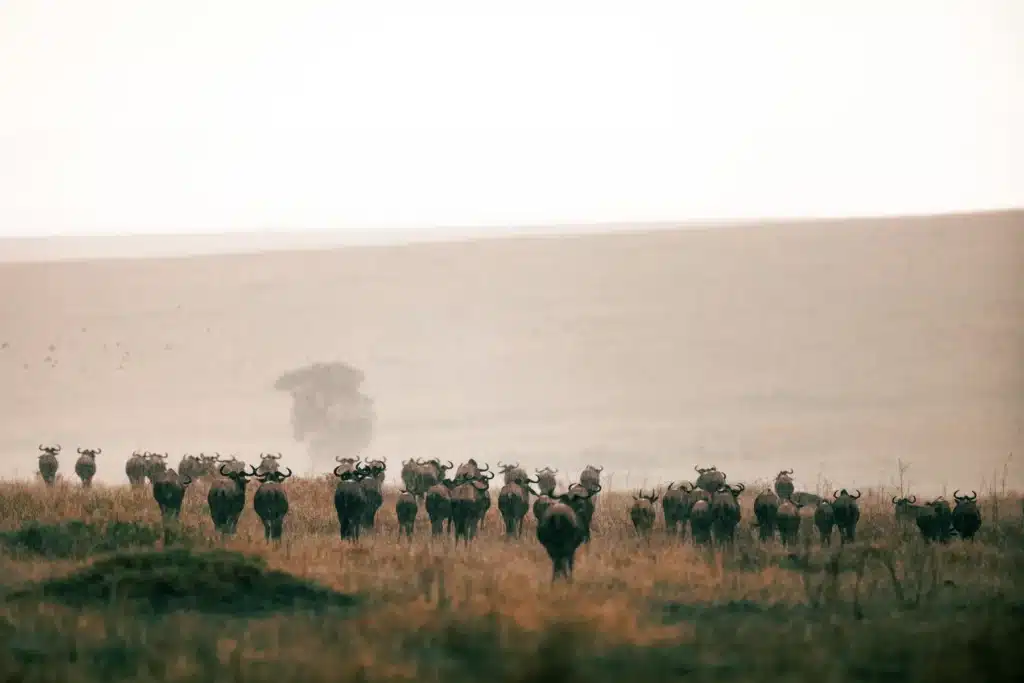
This year, consistent rains have nourished the vast plains, fueling the rapid growth of the nutrient-rich red oat grass that the wildebeest pursue so relentlessly to sustain breeding and mating. By late June, the first herds had crossed into the Mara at Sand River, creating a breathtaking spectacle. Onlookers watched in awe as thousands of wildebeest crossed the seasonal waters, signaling the start of another wondrous cycle in the Mara.
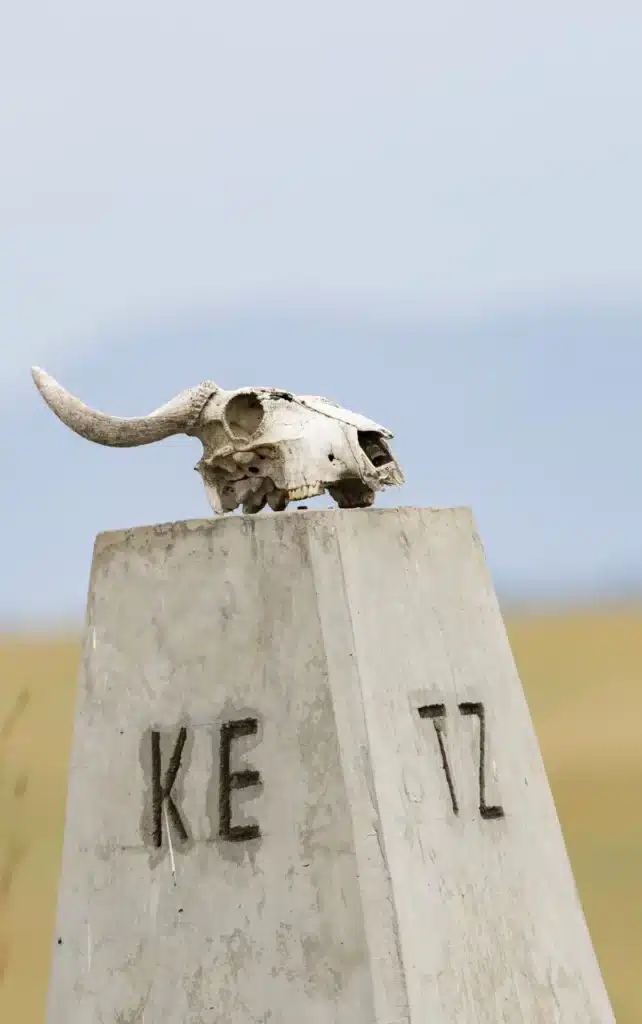

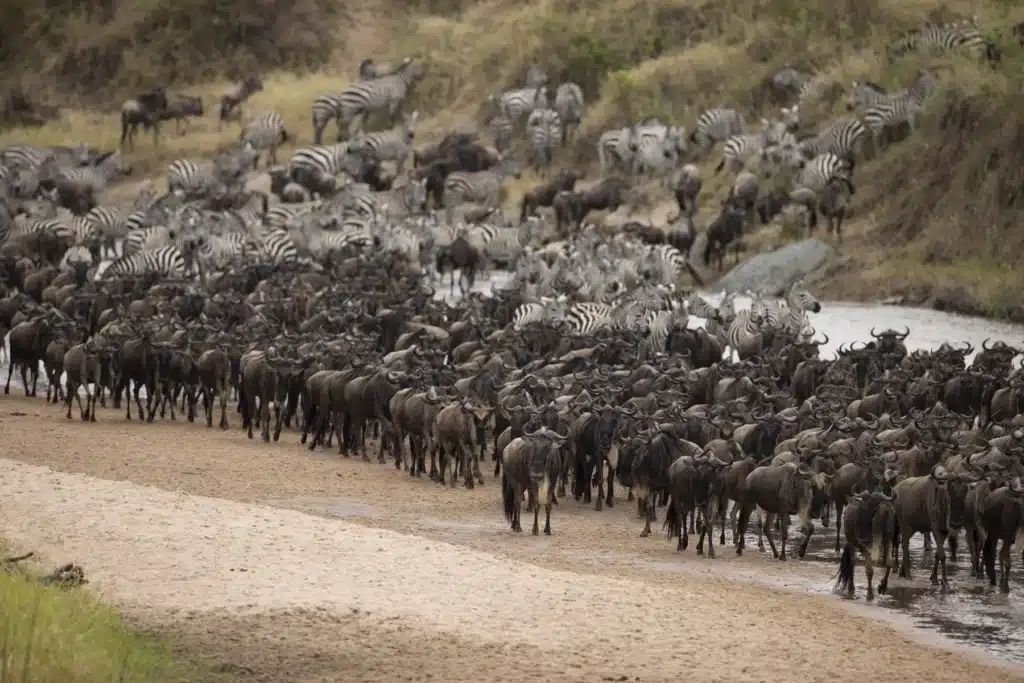
Seeing the first herds is a beautiful experience. Watching them spread across the Mara is nothing short of spectacular, much like a colony of ants moving into new territory. Soon after the first crossings into Kenya, the once vast and empty plains transformed into a vibrant scene, bustling with expansive herds alive with movement and energy. This set the stage for the most astonishing migration I have witnessed, and what a beautiful moment it was in the year of Ishara’s reopening.
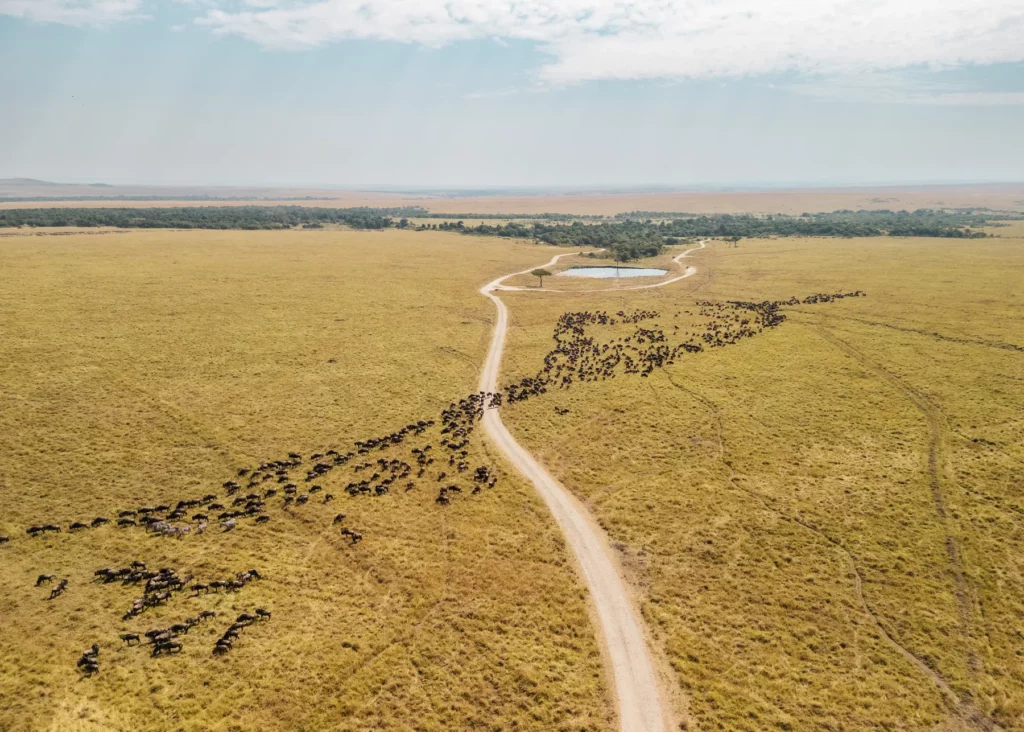
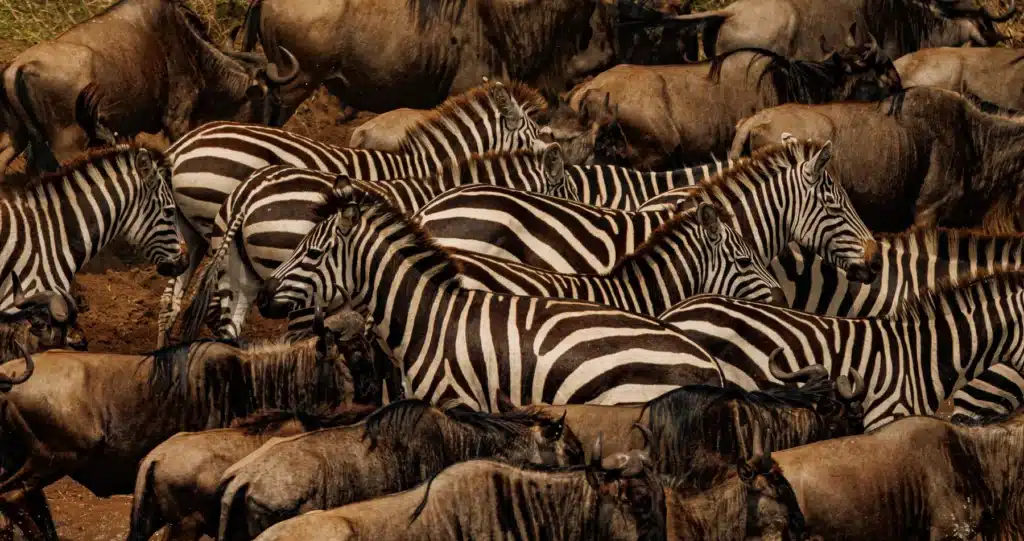
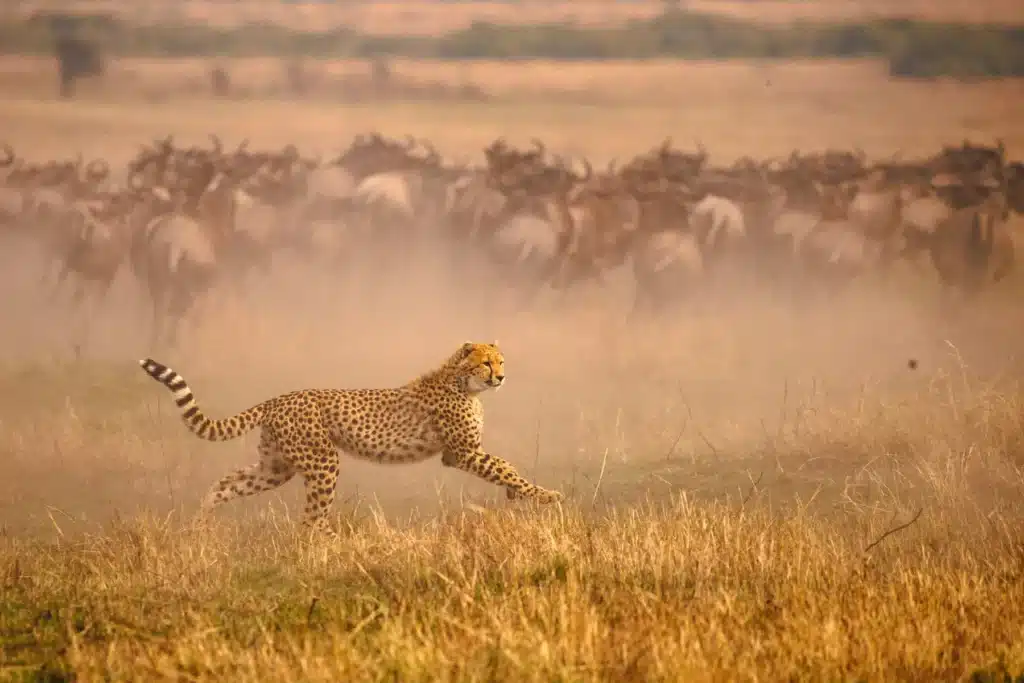
The wildebeest poured across the southern part of the Mara in their hundreds of thousands, stretching for tens of kilometres. Their rhythmic, continuous calls became part of the daily soundscape. Prior to this, I had never seen herds of such magnitude.
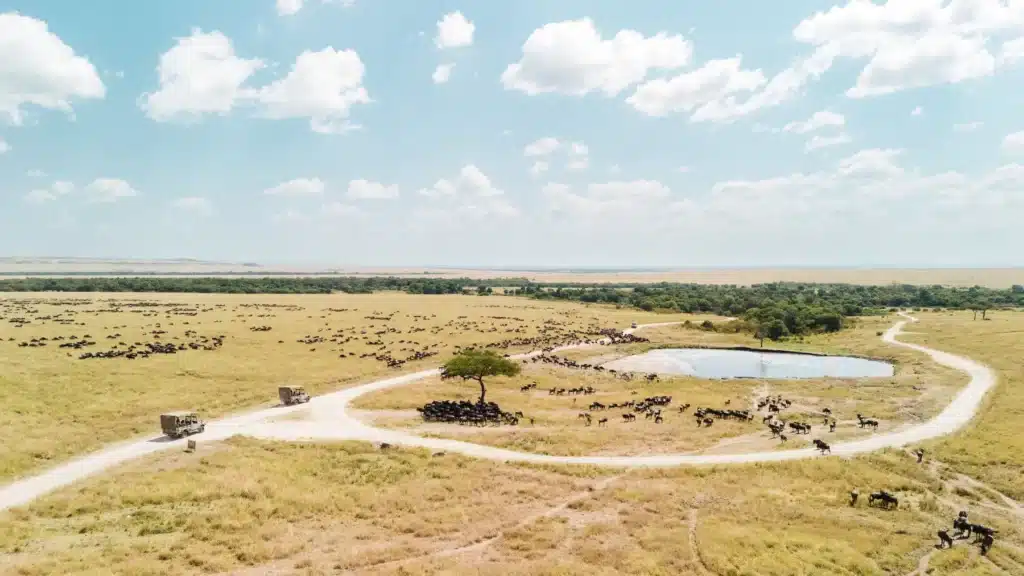
They formed an unbroken flow as they pressed deeper into the Mara, gradually advancing toward Ishara in the heart of the reserve. Tens of thousands soon surrounded the camp, crossing the Talek River on either side and filling the landscape with constant movement.
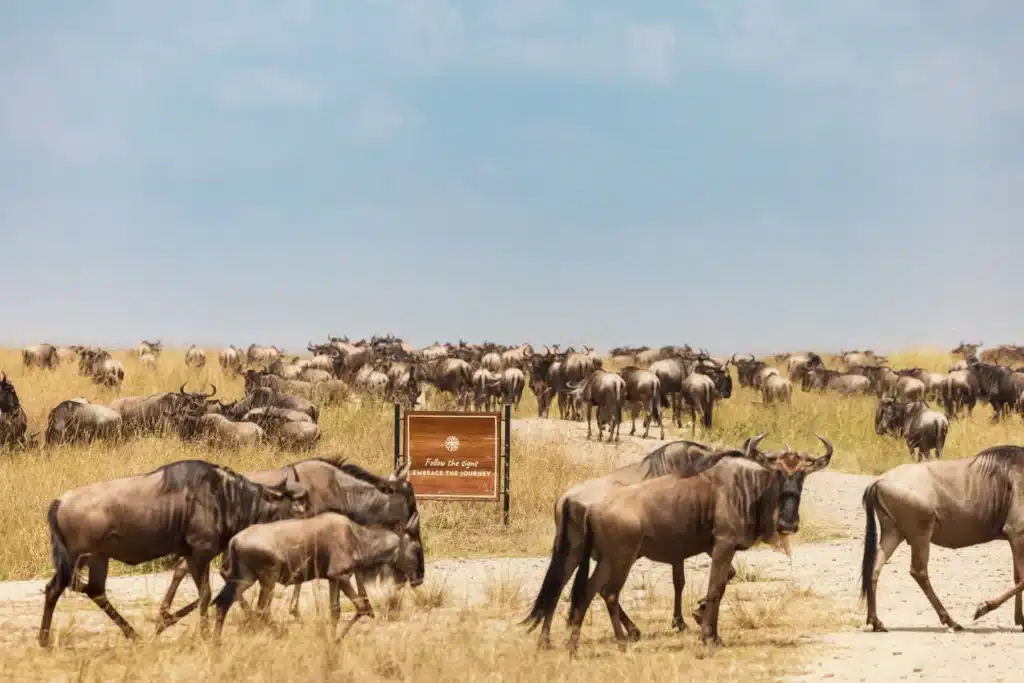
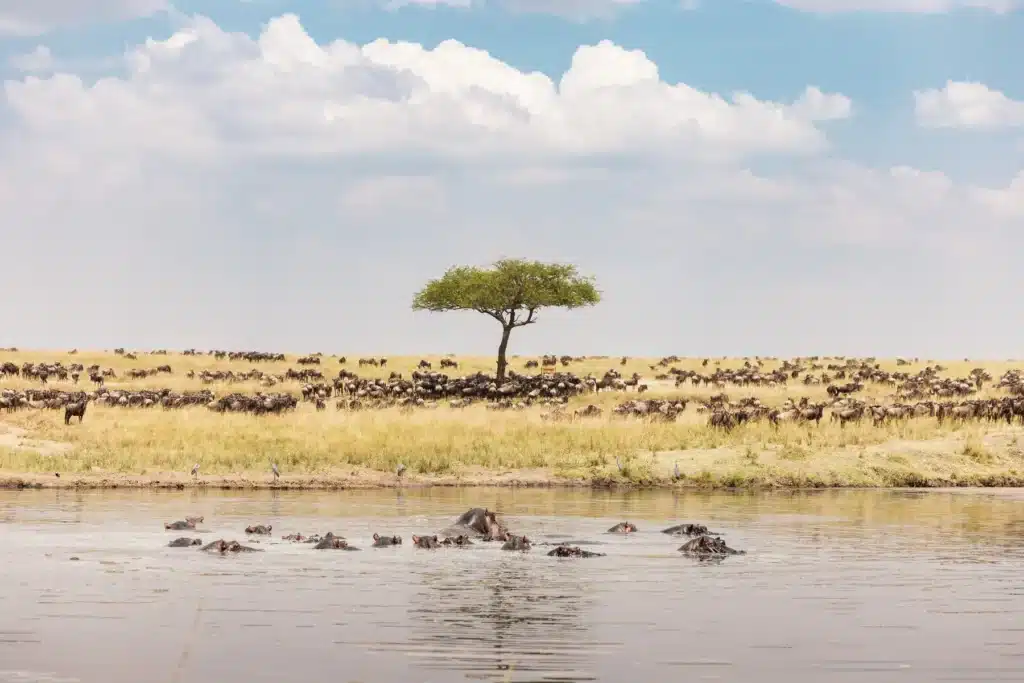
Lions hunted near the observation deck, while leopards made kills by the starbed and cheetahs stalked the herds by our Lone Tree. With action unfolding in every direction, the arrival of the herds brought some of the most extraordinary scenes within a stone’s throw. Over 5,000 wildebeest crowded the area, their calls carrying through the plain’s day and night. From above, they formed shifting patterns across the landscape, flowing and breaking apart like moving rivers.
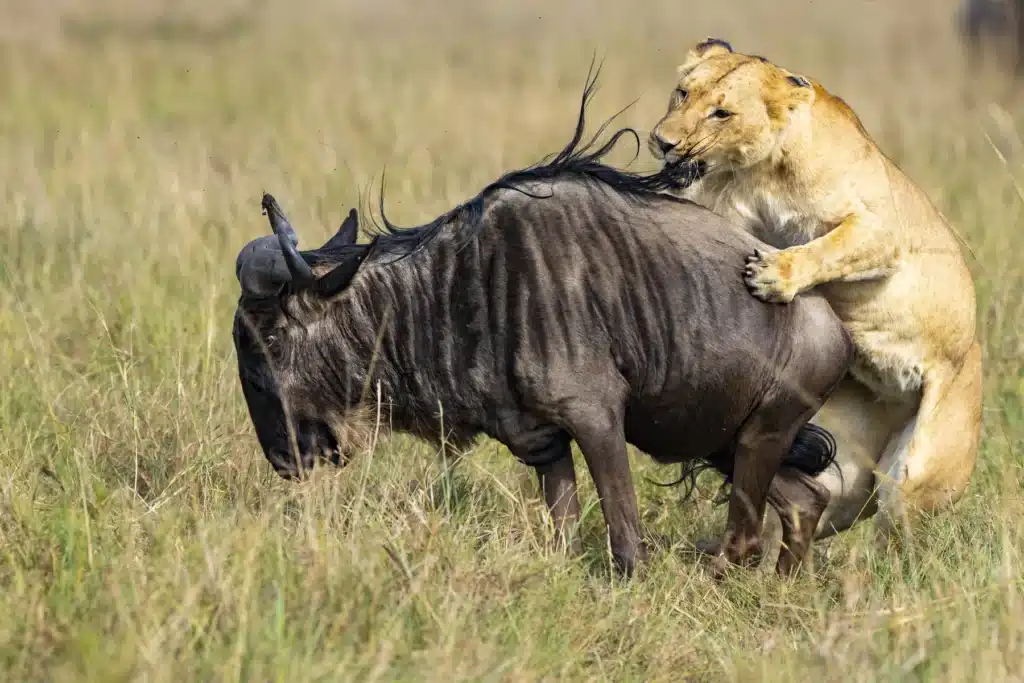
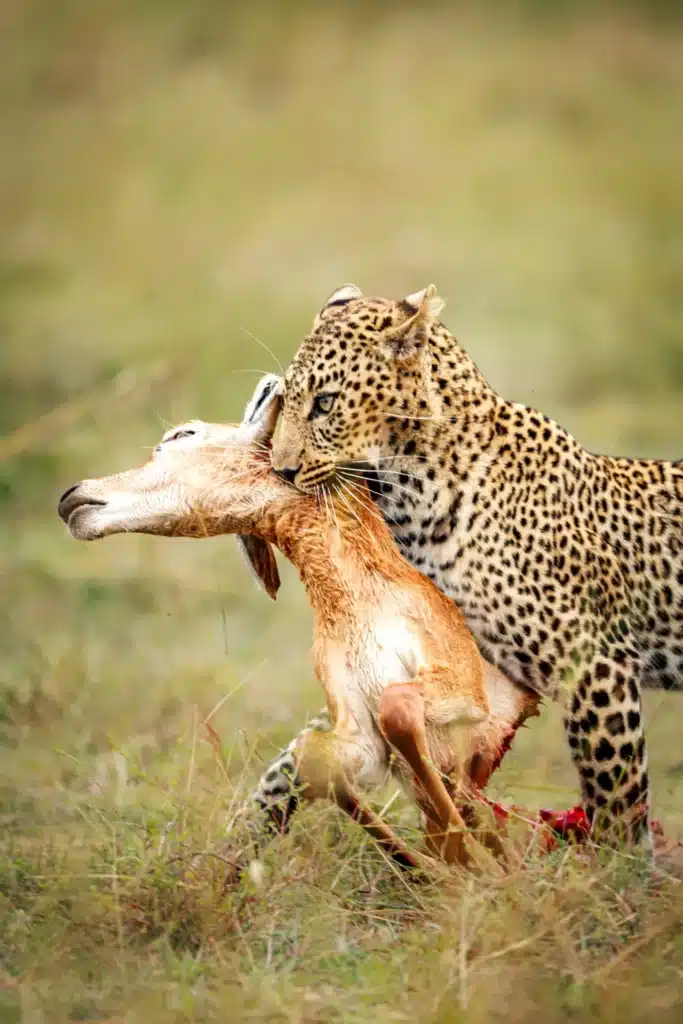
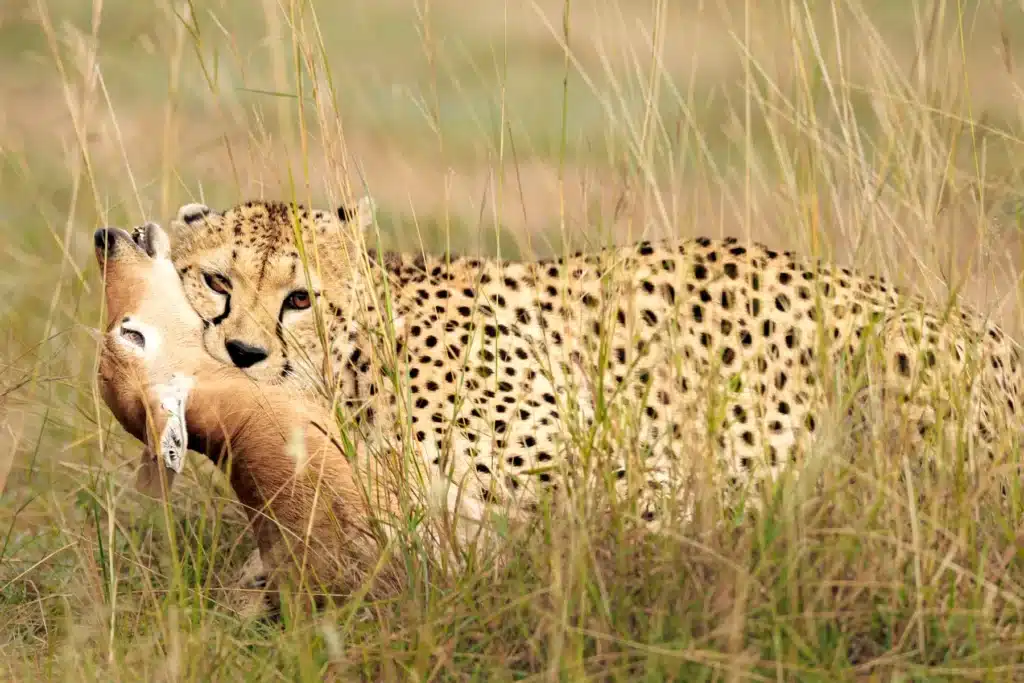
As the herds neared the Mara River, the air was thick with anticipation. With thousands gathering, the promise of dramatic crossings was certain and it became a waiting game. High water levels, crocodile-filled sections, and steep, unforgiving banks turned each attempt into a fight for survival. It only takes one brave wildebeest to step forward before the entire herd surges.
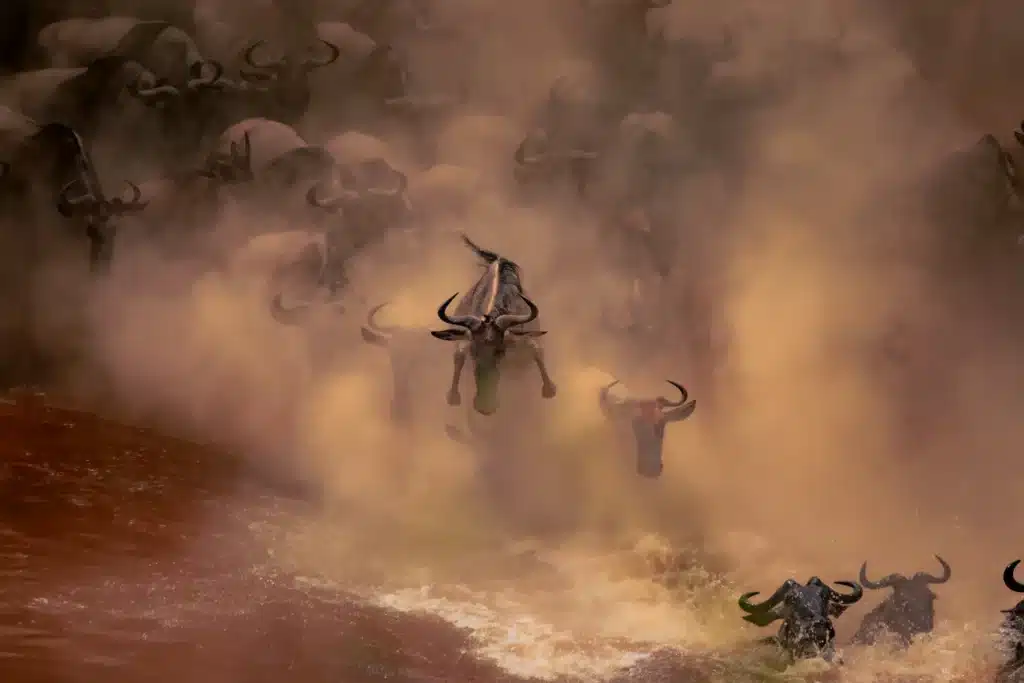
For days we waited by the banks as epic crossings unfolded, great waves of wildebeest churning the river and red dust rising as they thundered down the banks, disrupting the entire environment. Crocodiles struck where they could, while predators waited patiently on the far side, ready to meet those that made it across.
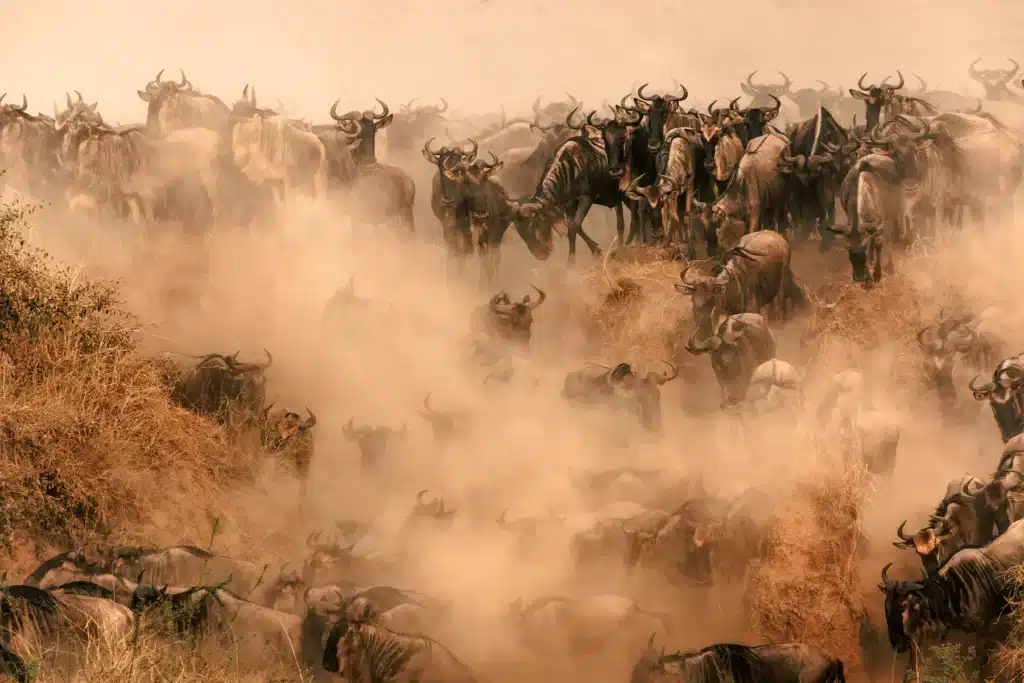


At times, the scale of the action was so immense we hardly knew where to look, let alone photograph. Some crossings stretched on for more than half an hour, the herds streaming into the river without pause—a reward for patience, and a gift of unforgettable photographic moments. The crossings themselves carried a raw intensity: the cascade of wildebeest tumbling forward, the crash of hooves and water, scavengers circling above, and crocodiles closing in. It was sensory overload, countless stories unfolding, all at once.
Trying to capture the feeling of a wildebeest crossing, whether in writing or in images, is always a challenge. The experience is powerful, unmistakable, and utterly exhilarating.
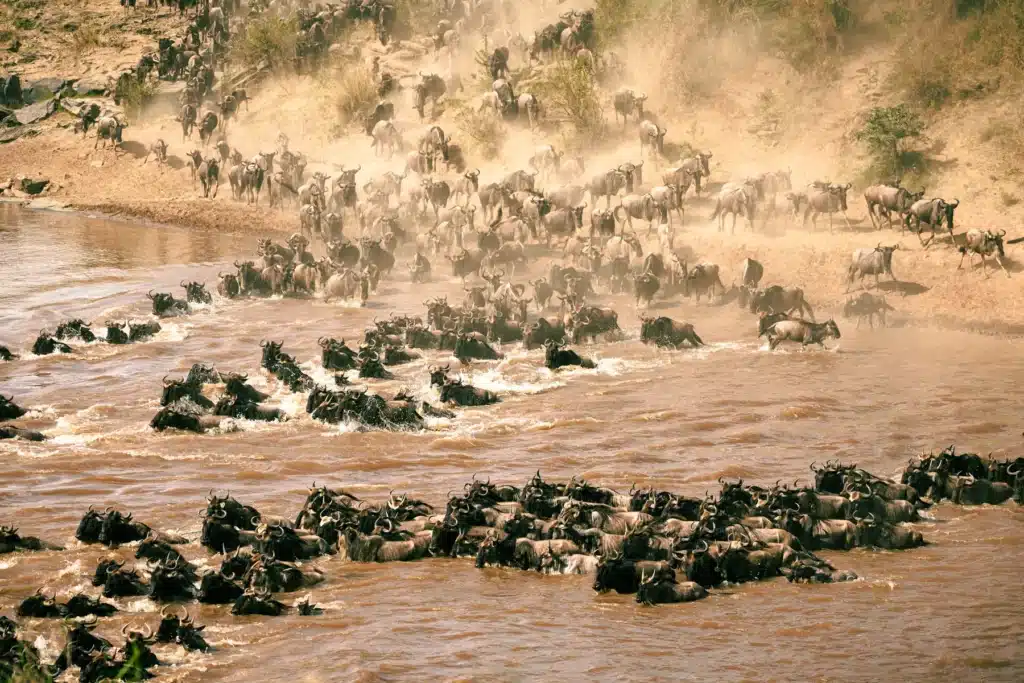
As I write, we are still in the midst of this extraordinary annual phenomenon. Despite the season slowly coming to an end, one thing is certain: this year has been remarkable. There have been vast numbers of wildebeest, endless crossings, and unforgettable sightings around the Reserve (and particularly our camp) that have all come together to create a season that will be remembered for years to come.
Photo credits: Eric Averdung, Imara Njeri, Joseph Njenga, Fred Ochieng, Edward Ololoso